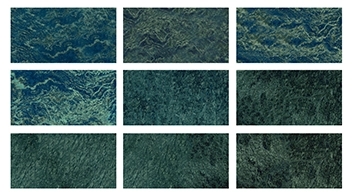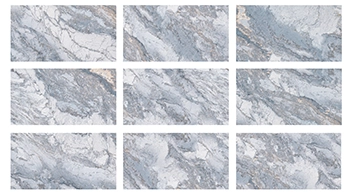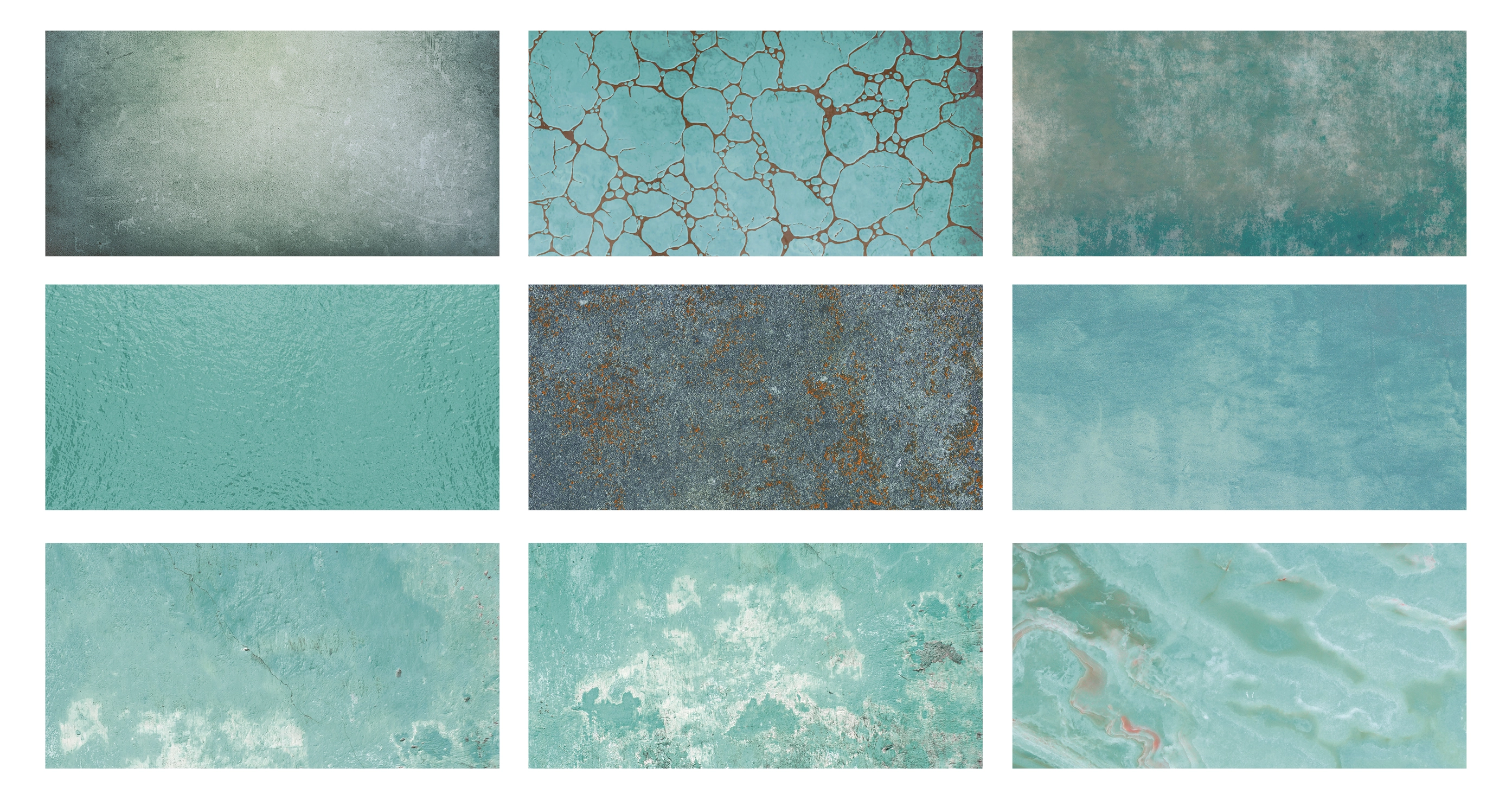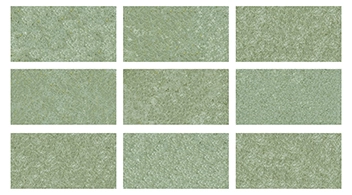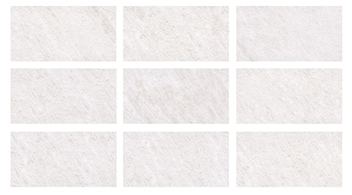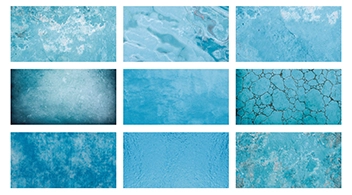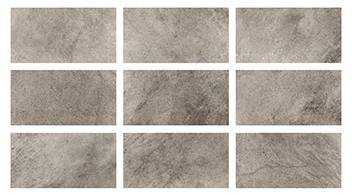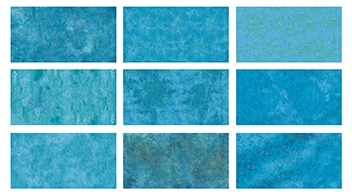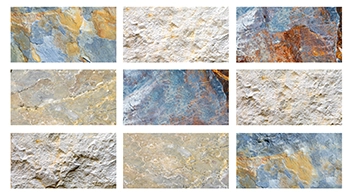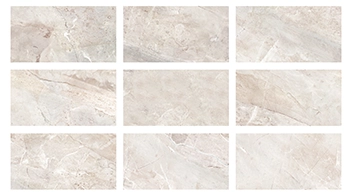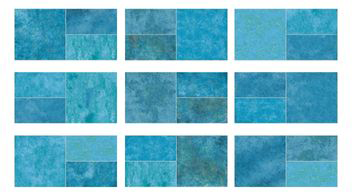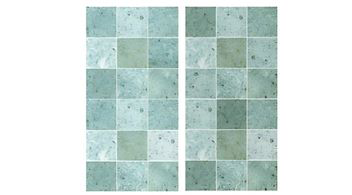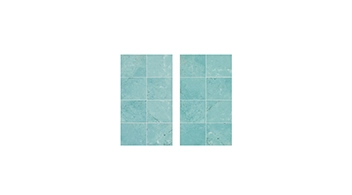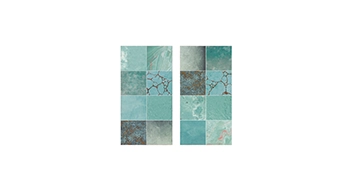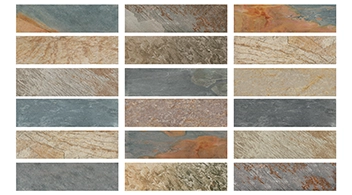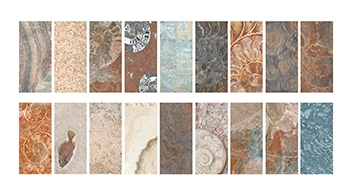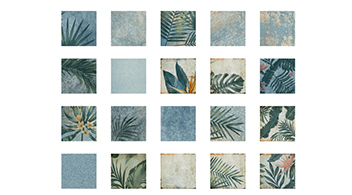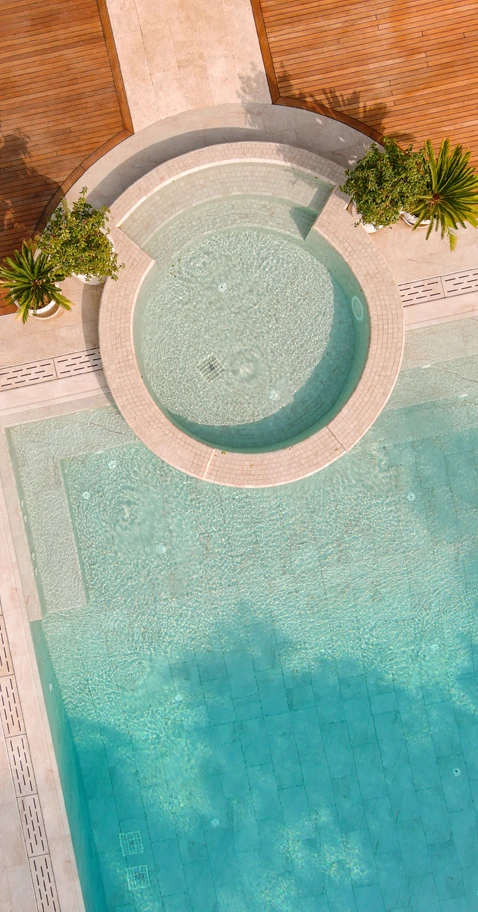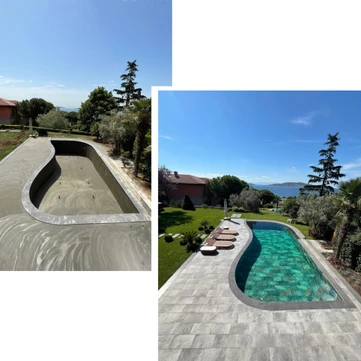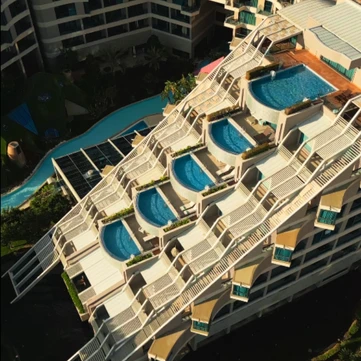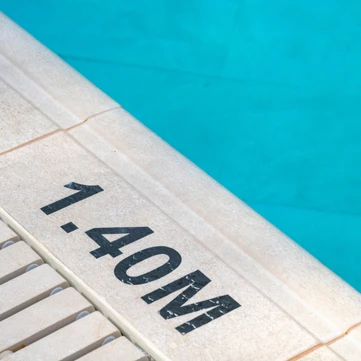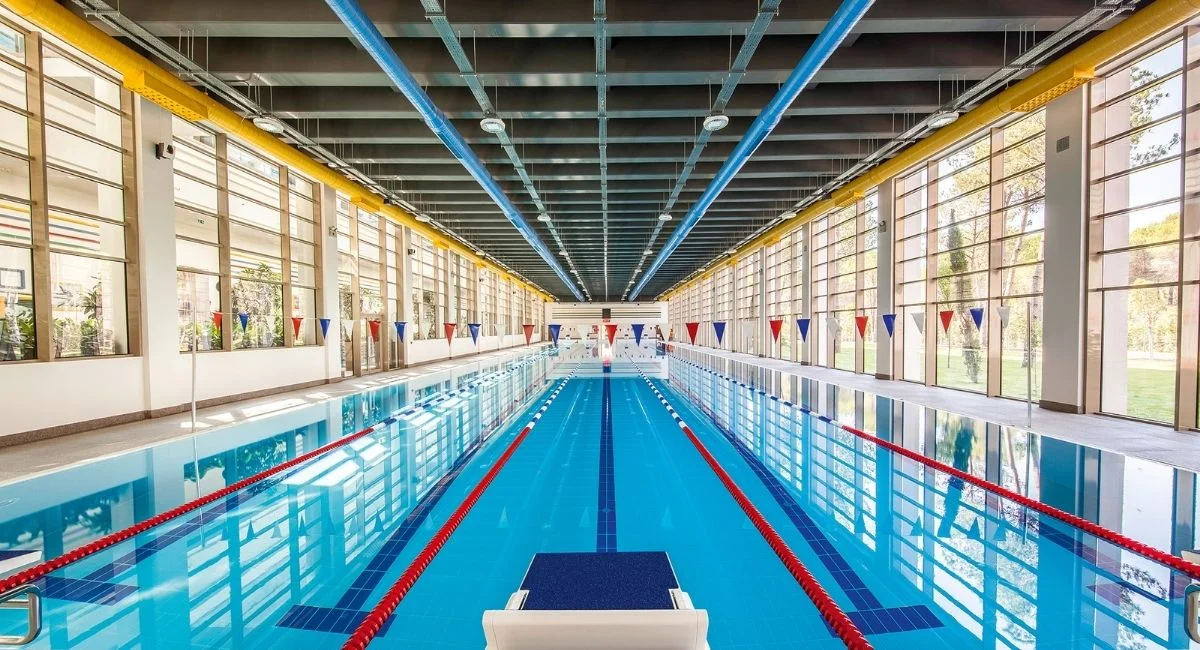
In Olympic pool projects, success is not solely determined by dimensional accuracy or equipment quality. The true distinction lies in attention to detail—and among the most crucial of these details are inner and outer trim elements. Though seemingly minor, these components play a major role in water management, safety, hygiene, and visual appeal.
Inner and outer trim pieces are critical not only for functionality but also for positioning the pool as a sustainable and prestigious architectural element. Every material selected for a high-profile project should contribute to structural integrity as well as brand value. Therefore, in professional pool systems, these specific details stand out.
Why Are Inner and Outer Trim Important in Olympic Pools?
Inner and outer trim help ensure healthy water circulation, enhance hygiene, eliminate sharp corners for improved safety, and complete the overall aesthetic of the pool. These pieces are essential in Olympic pool projects designed for professional use, delivering both technical and architectural value.
Why Is Surface Continuity Critical?
In Olympic pools, transitions between inner and outer corners are vital not just for visual coherence but for long-term technical performance. If the junctions between the pool walls and floor are sharp, they may accumulate dirt and sediment over time. This can disrupt chemical balance and increase the frequency of cleaning and maintenance.
Inner Trim transforms these junctions into curved forms that support the natural flow of water. This not only makes the pool more hygienic but also more efficient to maintain. Additionally, this curvature prevents the formation of stagnant water zones, creating a healthier swimming environment.
In the long run, these surface solutions reduce maintenance cycles and operating costs, while helping maintain the pool’s aesthetic appeal over the years. Designs that preserve surface continuity enhance both structural safety and user satisfaction.
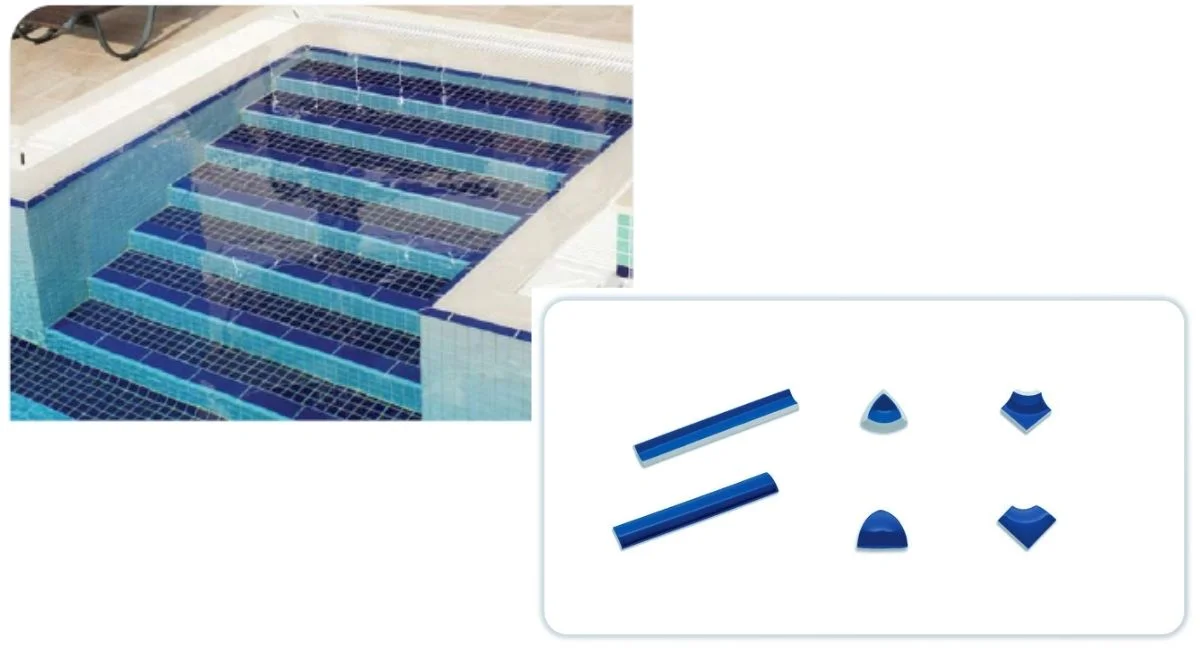
Why Are Corners So Important?
Outer corners of pools are areas with the highest levels of physical contact. Any surface deterioration in these zones not only diminishes aesthetics but also poses safety risks. In training or competition pools, swimmers moving at high speeds may be seriously injured by irregular surfaces.
Outer Trim ensures structural continuity at these junctions, preserving visual integrity while ensuring a safer user experience. These pieces also prevent water leakage and corner erosion, reinforcing the durability of the pool shell.
Such precautions are crucial in professional settings—they not only enhance the facility's reputation but also reduce long-term maintenance costs. Neglecting outer trim can compromise not only appearance but the overall reliability of the project. Structural elements like these are central to comprehensive pool safety strategies.
5 Key Benefits of Inner and Outer Trim in Olympic Pools
Serapool’s high-quality porcelain solutions offer the following benefits in Olympic pool applications:
- Improved Hygiene: Curved transitions allow smoother water flow, minimizing sediment buildup and helping maintain water cleanliness for longer durations. This simplifies chemical balancing and enhances overall hygiene.
- Simplified Maintenance: Smooth surface transitions accelerate cleaning and reduce chemical usage, saving time and labor.
- Enhanced Durability: High resistance to thermal variations and chemicals ensures longevity, increasing customer satisfaction and long-term project value.
- Added Safety: By eliminating sharp corners, these elements reduce injury risk, particularly for young athletes and children. This makes them indispensable for high-traffic facilities like Olympic pools.
- Architectural Coherence: Inner and outer trim pieces provide seamless surface continuity, giving the pool a refined and finished appearance. Serapool’s Pool Edge System enhances both aesthetics and structural integration.
To learn more about the importance of porcelain finishes in Olympic pools, click here.
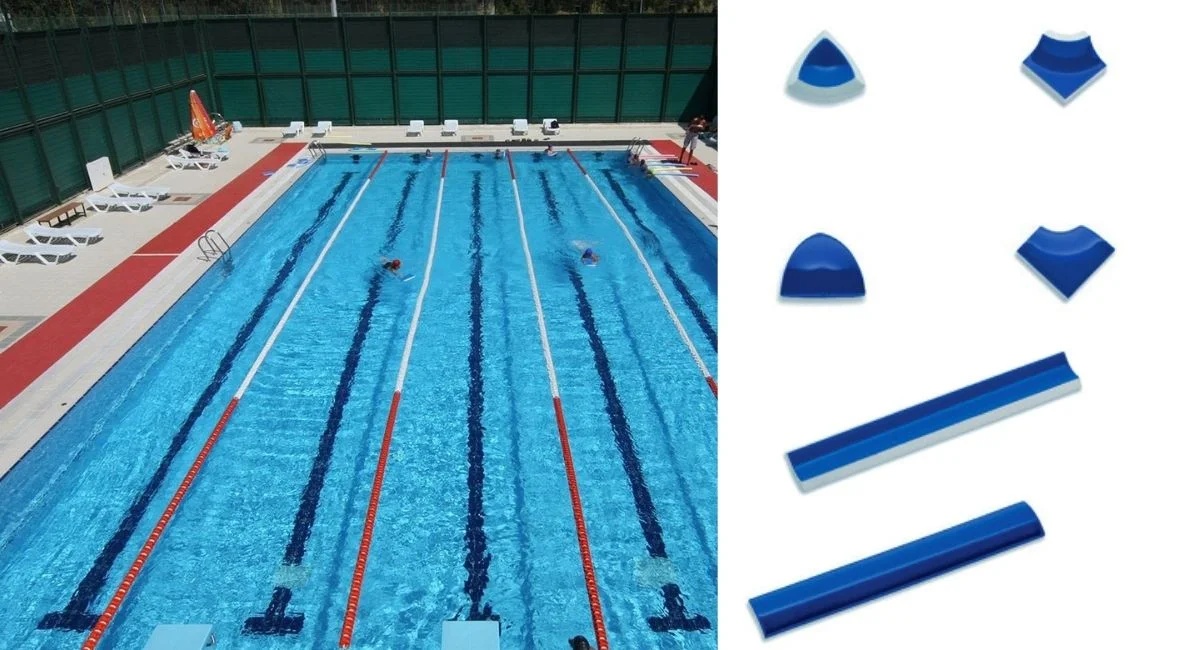
Value Hidden in the Details
The quality of a pool project is judged not just by its overall appearance but by the comprehensiveness of its approach. Micro-scale solutions such as trim pieces provide macro-level comfort and prestige. Neglecting such elements can lead to long-term aesthetic degradation and operational challenges—including issues in hygiene, safety, and functionality.
Serapool Porselen’s inner and outer trim solutions offer more than technical superiority—they bring architectural finesse to professional pool projects. Each product is designed to align with the essence of exclusive designs through both function and form. Among them, pool corner pieces stand out as critical design components.
Conclusion: Perfection Lies in the Details
In Olympic pools, performance doesn't start on the surface—it starts at the edges. Inner and outer trim pieces transform these edges into invisible assets. They unify essential values such as aesthetics, hygiene, safety, and durability into a single form—making them indispensable in advanced pool designs.
After all, it’s often the overlooked details that define success. With Serapool’s Olympic series, these details evolve into the signature of the project’s identity. When combined with the unmatched quality of Serapool porcelain, that signature becomes a lasting mark of excellence.
Frequently Asked Questions
What is the difference between inner and outer trim pieces?
Inner Trim is used at interior corner junctions, while Outer Trim is applied to external corners. These pieces soften surface transitions, offering aesthetic enhancement and practical advantages in cleaning and safety.
What issues do pool corner pieces solve?
They eliminate sharp edges to reduce injury risk and improve waterproofing. They also enhance hygiene by preventing dirt accumulation.
Why are edge details critical in professional pool designs?
Edge elements determine both the visual unity and functional performance of a pool. Proper trim solutions improve user safety while reducing maintenance costs.
